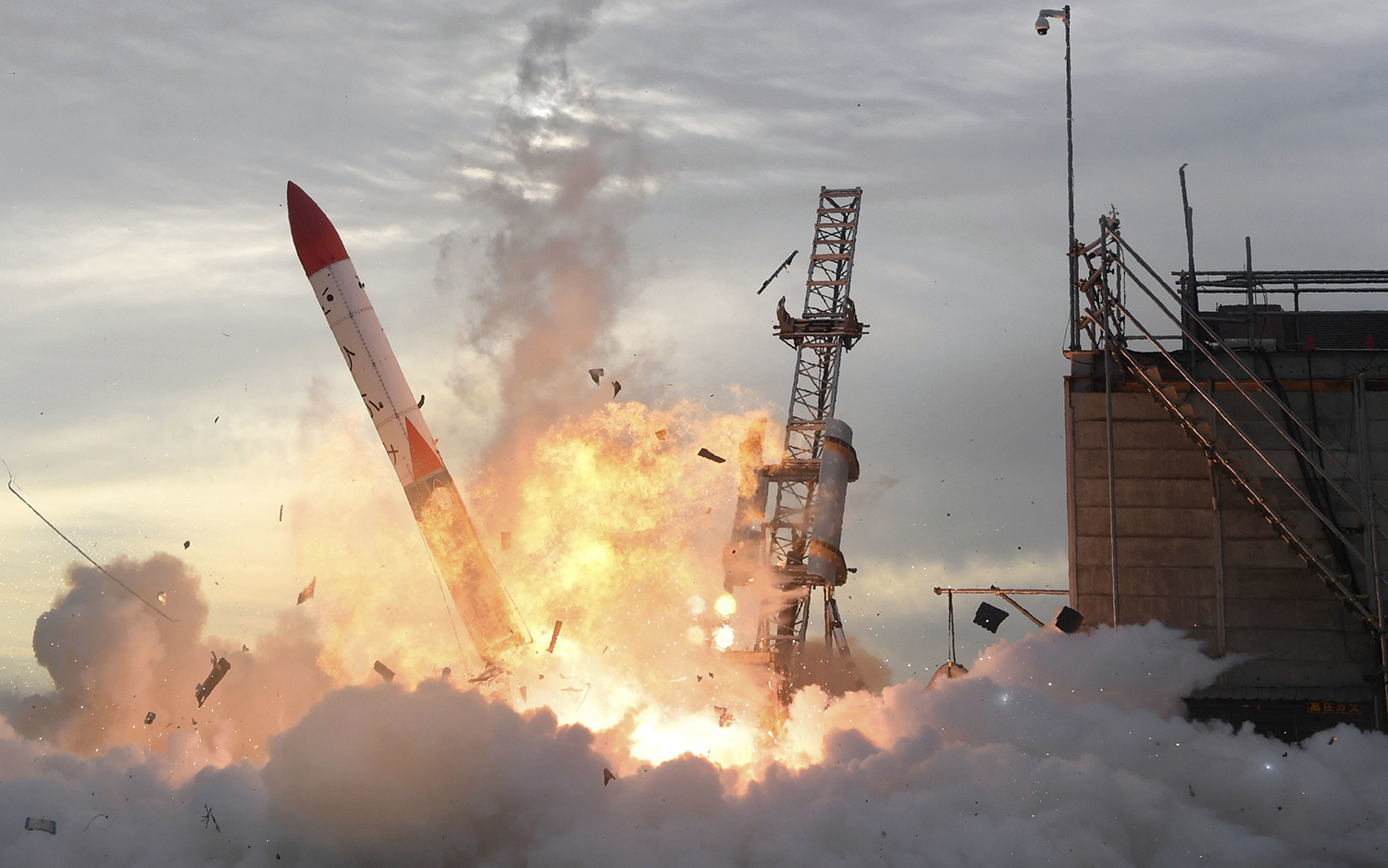Thu, 22 May 2025 10:22:21pm
SpaceX Disaster: 20 Satellites to Crash Back to Earth After Rocket Malfunction

SpaceX Disaster: 20 Satellites to Crash Back to Earth After Rocket Malfunction
In a stunning turn of events, SpaceX has announced that 20 of its satellites are set to crash back to Earth after a rocket mishap. Here's what happened and what it means for the future of space travel.
SpaceX’s latest satellite launch did not go as planned. On Thursday, the company launched 20 satellites aboard its Falcon 9 rocket from California. However, due to a liquid oxygen leak in the rocket's second stage, these satellites are now on a collision course with Earth.
What Went Wrong?
In an official statement, SpaceX explained that while Falcon 9's second stage initially performed as expected, a liquid oxygen leak developed, leading to an anomaly during the Merlin Vacuum engine's second burn. This critical issue prevented the satellites from reaching their intended orbit.
.jpg)
Attempts to Save the Satellites
SpaceX has been making strenuous efforts to contact and adjust the orbit of the stranded satellites using their ion thrusters. Initially, contact was made with five satellites, and later, the team managed to connect with ten more. Despite these efforts, the satellites remain in a highly challenging environment with a perigee of only 135 km above Earth, which makes raising their orbit significantly difficult due to atmospheric drag.
The Impact and Assurance
Elon Musk’s SpaceX has assured the public that the re-entering satellites pose no threat to other satellites or public safety. As the satellites re-enter Earth's atmosphere, they are expected to burn up, eliminating any danger of debris reaching the ground. The company is also working on updating the satellites' software to maximize the efficiency of their ion thrusters in a last-ditch attempt to save them.
As such, the satellites will re-enter Earth’s atmosphere and fully demise. They do not pose a threat to other satellites in orbit or to public safety.https://t.co/96M1qY6Juw
— SpaceX (@SpaceX) July 12, 2024
Possible Reasons Behind the Failure
SpaceX's analysis indicates that each pass through the perigee removes over 5 km of altitude from the satellites' highest orbit point. Given the high drag environment, even the maximum available thrust from the ion thrusters might not suffice to raise the satellites' orbit effectively.
Looking Ahead
This incident highlights the challenges and risks associated with space launches, even for a company as experienced as SpaceX. While this setback is significant, it also underscores the importance of continuous improvement and innovation in space technology. As SpaceX works to resolve these issues and prevent future occurrences, the aerospace industry watches closely, learning from both successes and failures.
Detailed Breakdown of the Incident
| Event | Details |
|---|---|
| Launch Date | Thursday, [specific date] |
| Rocket Used | Falcon 9 |
| Number of Satellites | 20 |
| Problem Detected | Liquid oxygen leak in the second stage |
| Current Status | Satellites in highly elliptical orbit, expected to crash back to Earth |
| Company Response | Attempts to contact satellites and raise orbit using ion thrusters |
| Public Assurance | Re-entering satellites do not pose a threat to public safety or other satellites |
| Future Measures | Updating satellite software to enhance ion thrusters' performance |
This incident serves as a critical reminder of the complexities of space exploration and the continuous need for innovation and vigilance. As SpaceX navigates through this challenge, the lessons learned will undoubtedly contribute to more robust and reliable space missions in the future.




